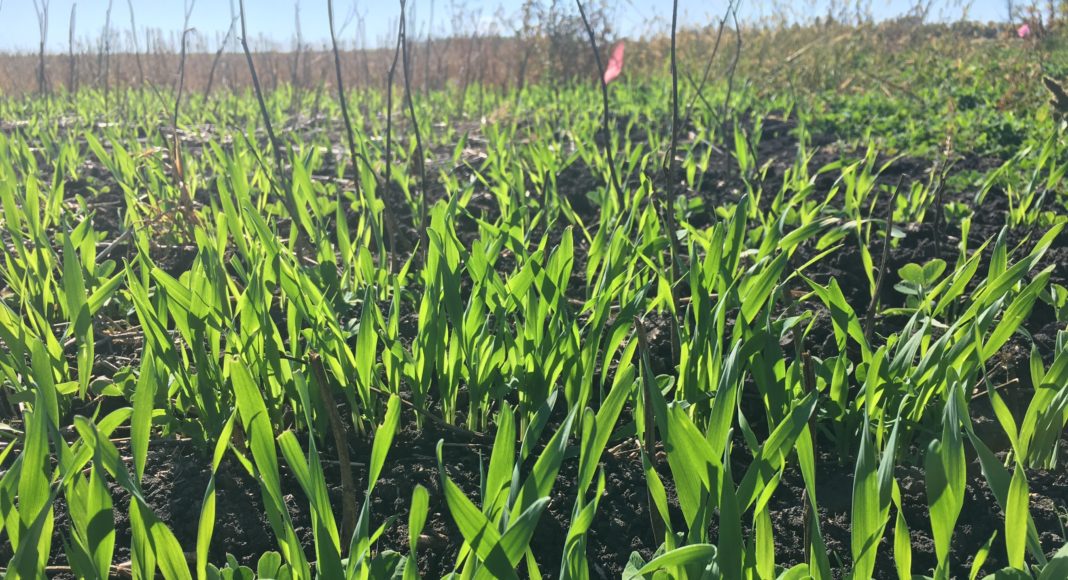A report about cover cropping practices on the Canadian Prairies has been released by researchers at the University of Manitoba, an Oct. 20 news release says.
The report is the results of the 2020 Prairie Cover Crop Survey and captures a snapshot of the use and grower observations of this new practice. The report suggests cover crops are becoming established in the Prairies and can be grown in a wide range of locations and environments across Manitoba, Saskatchewan and Alberta.
The release notes accessing local information about cover crops has been a hurdle for Prairie farmers interested in adopting this production method which holds the potential to build soil health and store carbon in soils. To help fill these knowledge gaps the survey was developed to provide information to farmers, agronomists, researchers, policy makers, and government organizations that will play an important role in the future of cover crops in the region.
Between October 2020 and April 2021, Yvonne Lawley and graduate student Callum Morrison from the Department of Plant Science at the U of M asked farmers questions about how their farm utilized cover crops in 2020, such as how cover crops were grown, their agronomy, the benefits and the problems farmers have experienced. Respondents were also asked about what could be done to support those using cover crops as well as questions to characterize farm types and size, the release notes.
“It is an important time to hear from farmers about their needs for research and knowledge transfer,” Morrison says in the release. “Farmers want to know how to use cover crops to meet their goals. Policy makers and extension providers want information to best assist farmers and design policy to reach environmental targets.”
In total, the survey collected responses from 281 early adopters who grew a cover crop in 2020. These farms, which were from every major agricultural region of the Prairies, grew 102,539 acres of cover crops. Of the respondents, 31 per cent were from Alberta, 32 per cent from Saskatchewan and 37 per cent from Manitoba.
“As early adopters of cover cropping on the Prairies, we’ve found it to be a bit of a lonely pursuit,” Kevin Nickle, survey respondent and grain farmer in the Red River Valley of Manitoba, says in the release. “This survey demonstrates that there is widespread participation and a general desire to continue. There is so much to learn in this realm and this survey may help inform researchers and practitioners on the specific questions to ask.”
The research team partnered with a number of farm organizations and individuals in sharing the survey widely, the release notes. Funding for this project was provided by General Mills and Manitoba Agriculture and Resource Development through the Manitoba Ag Action Program.
The full report can be accessed on the University of Manitoba Agriculture & Food Knowledge Exchange website.
Related Articles
Looking Closely at the Perks of Using Cover Crops











